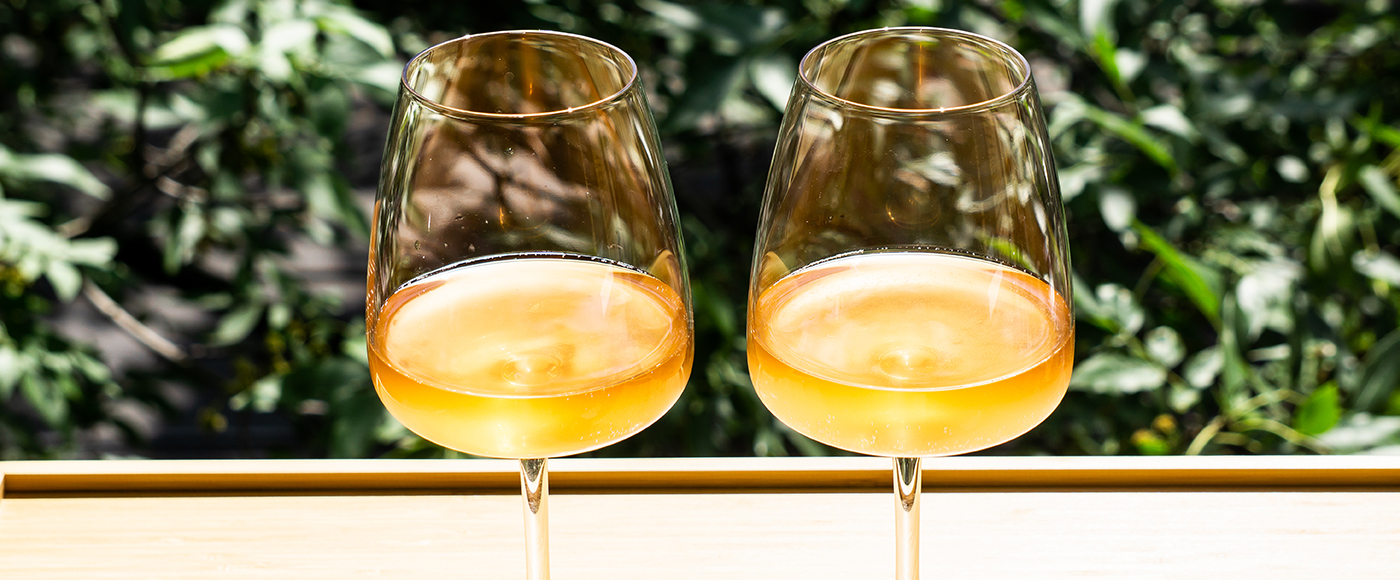What is orange wine?
First, it’s important to note that orange wine is simply a white wine that has been vinified like a red wine. Usually, a white wine is made only from the pulp of the grape without its other solid parts. Orange wine, on the other hand, is made from white grapes that have been fermented with their skins on and sometimes their stems (the green part that resembles branches) for a period of a few weeks or up to several months.
These parts of the grape contain tannins that leave behind a raspy feel on the tongue, much like red wine. The pigments are macerated and end up giving the wine an orange hue. This results in a wine that has a nice freshness, lots of character and is very aromatic.
The tradition of making orange wine has existed since antiquity. Historically, it was a way to keep wine for longer. This method originated in the Caucasus and has inspired many winemakers.
How do I serve it?
Some would say that this wine pairs well with fall flavours, while others might prefer to enjoy it in summer, with appetizers, before a meal. In any case, this wine is loved because of its versatility. It includes flavours similar to apricots, orange zest, amber honey, along with a floral side like chamomile, or even slightly nutty, sometimes combined with some bitter notes.
Whereas white wine is a natural accompaniment to seafood and white meats, the structure of orange wine allows it to pair with a wide variety of dishes, such as sautéed mushrooms in a risotto or spaghetti; veal, such as cutlets with maple and morel sauce or stuffed peppers; as well as fish and seafood, for example, in a shepherd’s-style pie with salmon or a paella served on a bed of spaghetti squash. When served, it should be warmer than a white wine, but cooler than a red, approximately 15ºC.
Nowadays, orange wine has renewed popularity and there is a great demand for it. Learning about new products such as this one allows you to broaden your taste horizons and go beyond the usual food-wine pairings. All that’s left to do now is ride the orange wave!

